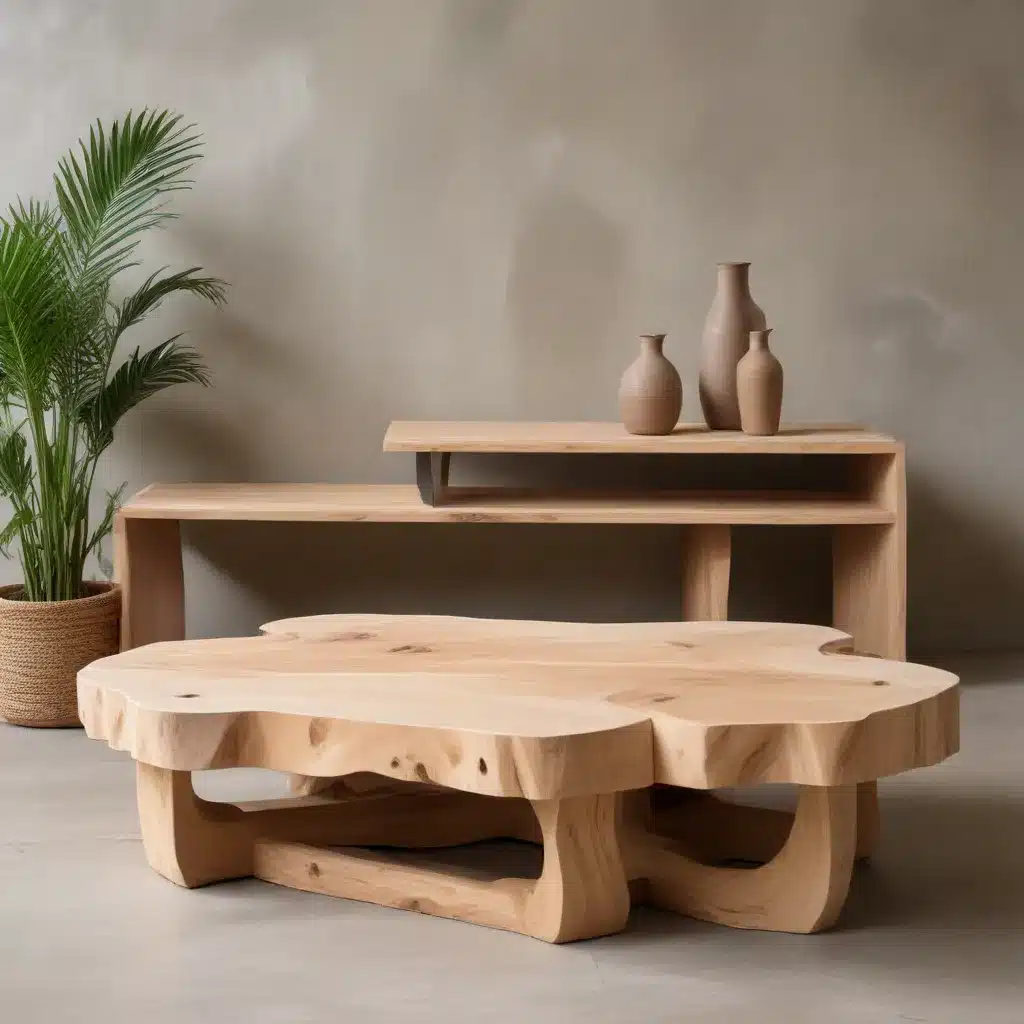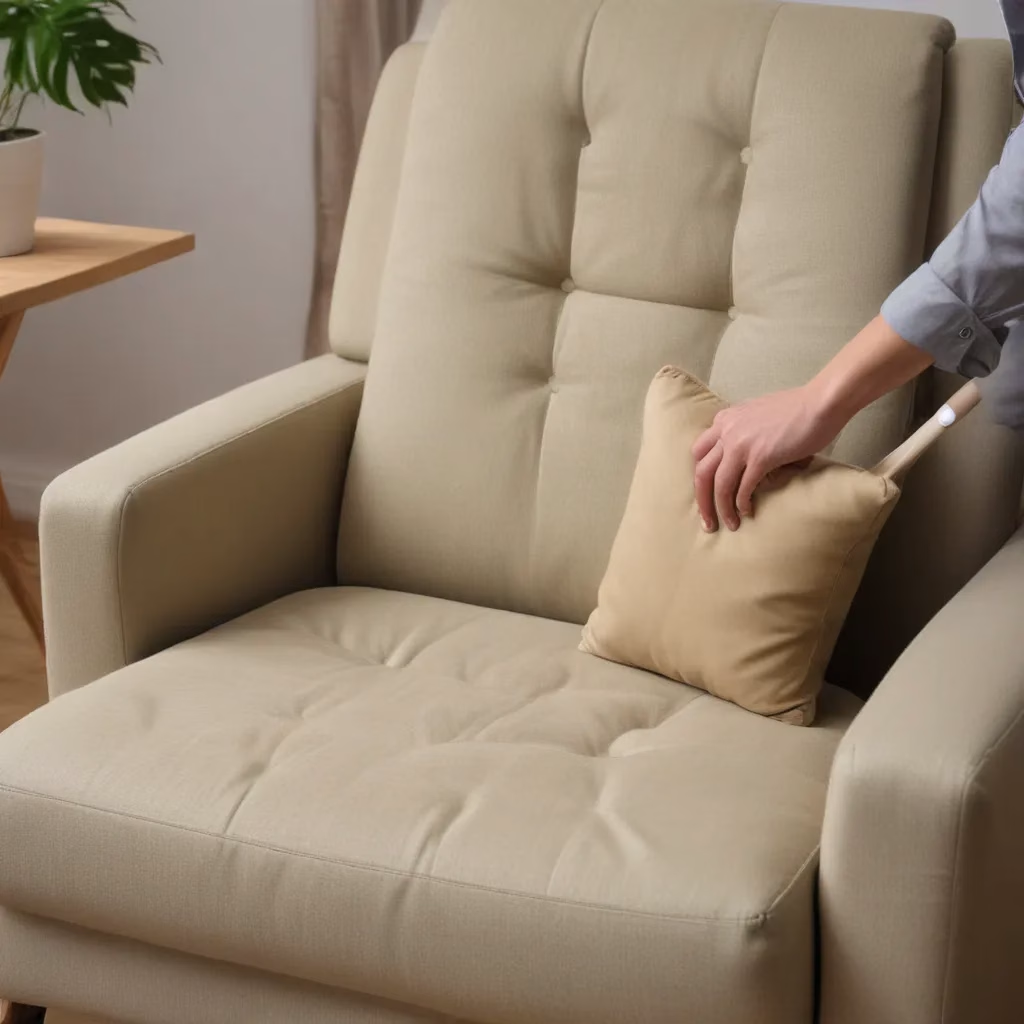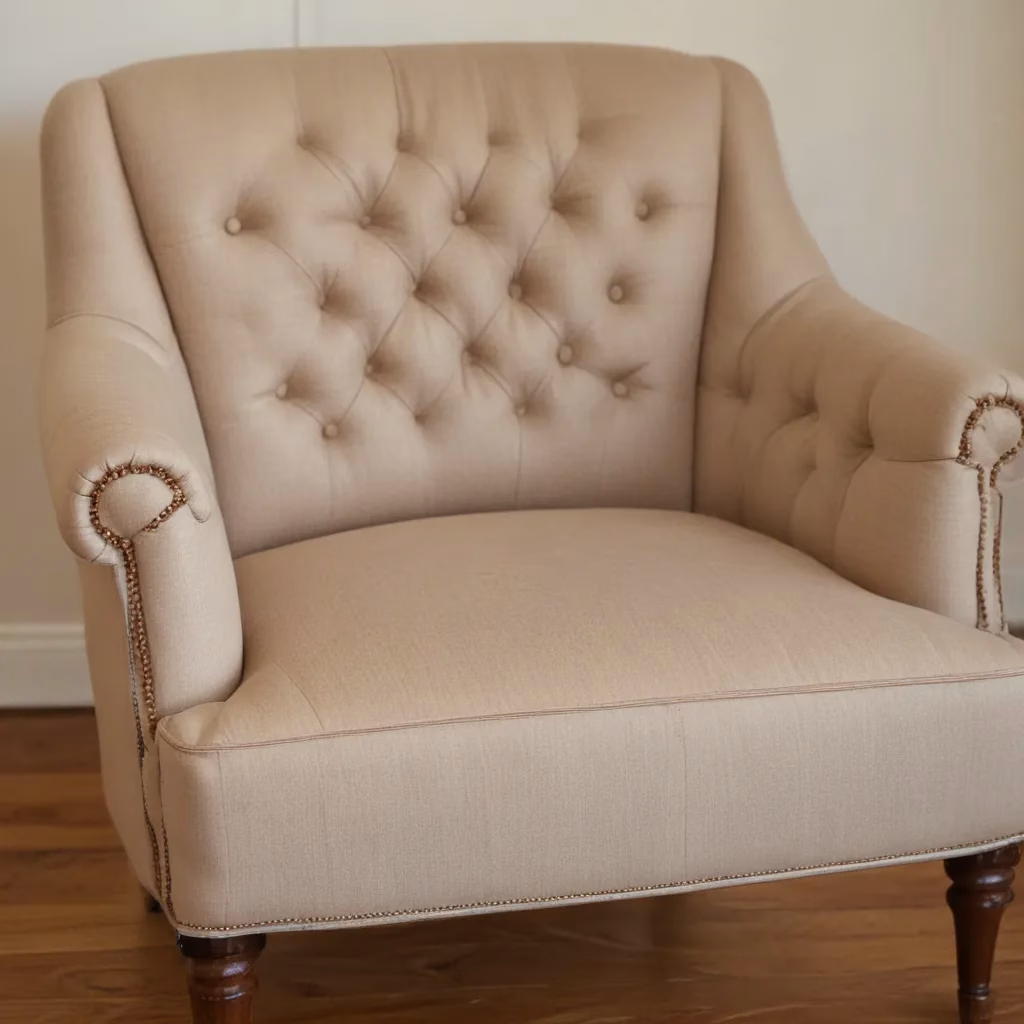
The Rise of Eco-Friendly Furnishings
As a furniture specialist with years of experience in the industry, I’ve witnessed a significant shift in consumer preferences towards sustainable and environmentally friendly home furnishings. This trend is not just a passing fad but a reflection of a growing awareness about the impact our choices have on the planet.
Sustainable furniture is gaining traction among homeowners and interior designers alike. It’s not uncommon for clients to ask me about the environmental credentials of the pieces they’re considering. Many are willing to invest in furniture that aligns with their values, even if it comes with a higher price tag.
However, the misconception that sustainable furniture is always more expensive is just that – a misconception. While it’s true that some eco-friendly options can be pricier due to the use of premium materials and ethical manufacturing processes, the market has evolved. Today, there’s a wide range of sustainable furniture options available at various price points, making it accessible to a broader audience.
Understanding Sustainable Furniture
When we talk about sustainable furniture, we’re referring to pieces that are produced with minimal environmental impact. This encompasses several factors:
- Materials: Use of renewable, recycled, or upcycled materials
- Production: Energy-efficient manufacturing processes
- Durability: Long-lasting design to reduce waste
- End-of-life: Recyclable or biodegradable components
Sustainable furniture isn’t just about the materials used; it’s about the entire lifecycle of the product. From the sourcing of raw materials to the manufacturing process, and even considering what happens to the furniture when it’s no longer needed, every stage is scrutinized for its environmental impact.
As a specialist, I’ve seen how this holistic approach to furniture design and production has led to innovative solutions. For instance, some manufacturers are now using reclaimed wood from old buildings or salvaged plastic from oceans to create stunning pieces that tell a story while being kind to the planet.
The True Cost of Fast Furniture
To truly appreciate the value of sustainable furniture, it’s essential to understand the hidden costs of its counterpart: fast furniture. Similar to fast fashion, fast furniture refers to mass-produced, low-quality pieces designed for short-term use.
While the initial price tag of fast furniture might be appealing, the long-term costs – both financial and environmental – are significant. These pieces often don’t stand the test of time, leading to frequent replacements and contributing to landfill waste.
In my experience, I’ve seen countless clients who initially opted for cheaper, less durable furniture only to find themselves shopping for replacements within a few years. This cycle not only costs more in the long run but also takes a toll on our planet’s resources.
Sustainable furniture, on the other hand, is designed to last. The initial investment often pays off over time, as these pieces maintain their quality and style for years, if not decades. Plus, many sustainable furniture options are designed with timeless aesthetics, reducing the need to replace them due to changing trends.
Balancing Style and Sustainability
One of the most exciting developments I’ve observed in recent years is the marriage of style and sustainability in furniture design. Gone are the days when eco-friendly meant compromising on aesthetics. Today’s sustainable furniture options are as stylish and diverse as their conventional counterparts.
From sleek, modern sofas upholstered in recycled fabrics to rustic dining tables crafted from reclaimed wood, there’s something for every taste and interior style. Designers and manufacturers are proving that sustainability and beauty can go hand in hand.
I’ve had the pleasure of working with clients to create stunning interiors using sustainable furniture pieces. It’s always rewarding to see their surprise and delight when they realize they don’t have to sacrifice style for sustainability.
Making Sustainable Choices: Tips for Consumers
If you’re looking to make more sustainable choices in your furniture purchases, here are some tips I often share with my clients:
-
Look for certifications: Eco-labels like FSC (Forest Stewardship Council) for wood products or GOTS (Global Organic Textile Standard) for fabrics can help you identify truly sustainable options.
-
Consider longevity: Invest in well-made pieces that will stand the test of time. Quality craftsmanship and durable materials are key.
-
Choose versatile designs: Opt for furniture that can adapt to different spaces and styles, reducing the likelihood of replacement due to changing tastes.
-
Support local artisans: Locally made furniture often has a smaller carbon footprint and supports your community’s economy.
-
Explore secondhand options: Vintage and pre-loved furniture can be an excellent sustainable choice, often offering unique character and quality craftsmanship.
The Role of Technology in Sustainable Furniture
Advancements in technology are playing a crucial role in making furniture more sustainable. From innovative materials to smart manufacturing processes, technology is helping reduce the environmental impact of furniture production.
For example, 3D printing is being used to create furniture components with minimal waste. Some manufacturers are experimenting with bio-based materials that mimic the properties of traditional materials but with a much lower environmental impact.
As a furniture specialist, I find these developments fascinating. They’re not just making furniture more sustainable; they’re often leading to new design possibilities and improved functionality.
The Future of Sustainable Furniture
Looking ahead, I’m optimistic about the future of sustainable furniture. As consumer awareness grows and technology advances, we’re likely to see even more innovative and accessible sustainable options hitting the market.
One trend I’m particularly excited about is the circular economy approach to furniture design. This involves creating pieces that can be easily disassembled and recycled at the end of their life, closing the loop on furniture production and consumption.
Another promising development is the growing interest in rental and subscription models for furniture. These models could potentially reduce waste by ensuring furniture is used for its full lifespan and properly recycled or repurposed when no longer needed.
Conclusion: A Sustainable Home is Within Reach
As we’ve explored throughout this article, sustainable furniture is not just a possibility; it’s an increasingly accessible and attractive option for homeowners and interior designers. From stylish designs to long-term cost-effectiveness, the benefits of choosing sustainable furniture extend far beyond environmental considerations.
Whether you’re furnishing a new home or looking to update your current space, I encourage you to consider sustainable options. Not only will you be creating a beautiful and comfortable living environment, but you’ll also be contributing to a healthier planet.
Remember, every choice we make in our homes has an impact. By opting for sustainable furniture, we’re not just decorating our spaces; we’re investing in a better future.
For more inspiration and expert advice on creating a sustainable and stylish home, visit Sofa Spectacular. Our team is always ready to help you find the perfect pieces that align with your values and aesthetic preferences.



